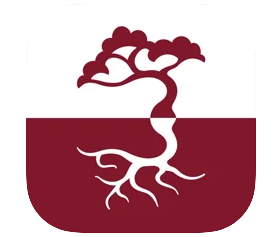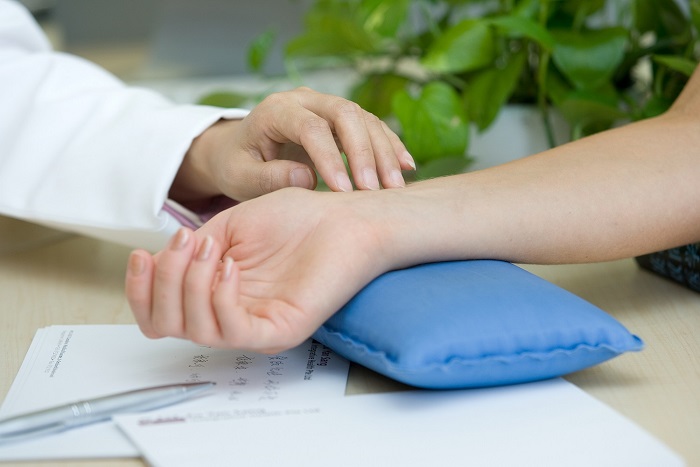In TCM, external symptoms are the manifestation of internal imbalances. Hence, a TCM physician assesses one’s state of health by analysing external symptoms displayed to seek evidence of internal problems. Unique diagnostic methods are used to collect and analyse clinical information.
There are some diagnostic methods in TCM which are essential for determining the root causes of a health problem. A professionally trained TCM physician is usually able to differentiate the root causes of a problem by applying the following methods:
• Observations (望)-
observe the entire body, which includes the tongue, complexion, body shape, posture, movement and vitality
• Smelling and listening (闻)
- observe the smell of body odours, excretions and secretions; listen to the voice, tone, and sound of respiration or cough
• Questioning (问)
- inquiring about the main concerns or complaints, the onset and duration of the problem, and relevant medical history and symptoms
• Pulse analysing (切)
- feeling and evaluating the pulse by pressing on certain parts of the body such as the skin, muscles, acupoints, limbs, chest, abdomen and other areas




